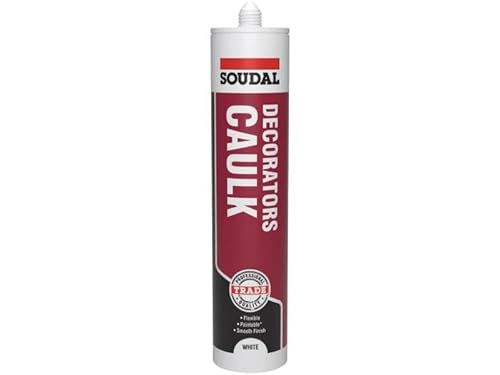How to get rid of flying ants: 5 ways to keep swarming pests away
If flying ants are a problem in your home during this heat try these expert-approved methods to get rid of the persistent pests


Any pest is an unwelcome visitor in our homes, especially ones that swarm in on mass, the way flying ants do – and they will be more present than ever right now thanks to the current heatwave.
You may know how to get rid of flies and how to get rid of ants, but what about this hybrid pest? How do the methods of keeping flying ants out of the house differ from those of other familiar pests?
We have consulted with pest control experts to master how to get rid of flying ants and keep them out of the house for good.
How to get rid of flying ants and keep them out of the house
Firstly, it's worth stating that flying ants, while incredibly annoying, are not harmful, and therefore the task of getting rid of them is less fraught than keeping wasps away or getting rid of mosquitoes because there's no potential sting in the tail.
The trouble with flying ants is the sheer volume because they arrive in mass numbers, so getting rid of them can feel overwhelming.
"In short, ants develop wings when they are ready to fly off and find a partner, ensuring genetic diversity," Adam Juson, co-founder of commercial pest control company, Merlin Environmental. "Not all ants in a colony will take to the skies – only virgin queen ants and male drone ants will enjoy this aerial experience."
"After they’ve mated, the drone ant usually dies within a few days, and the female ant will remove her wings and go off to start an ant colony, in which she will be the queen."
Sign up to our free daily email for the latest royal and entertainment news, interesting opinion, expert advice on styling and beauty trends, and no-nonsense guides to the health and wellness questions you want answered.
"Most flying ants in the UK are the typical garden black ant, which is harmless. Even if they don’t bite, garden black ants can make one feel uneasy, especially when they are flying around in large swarms." And for that reason, we look at how to get rid of flying ants from inside the house...
1. Seal up entry points
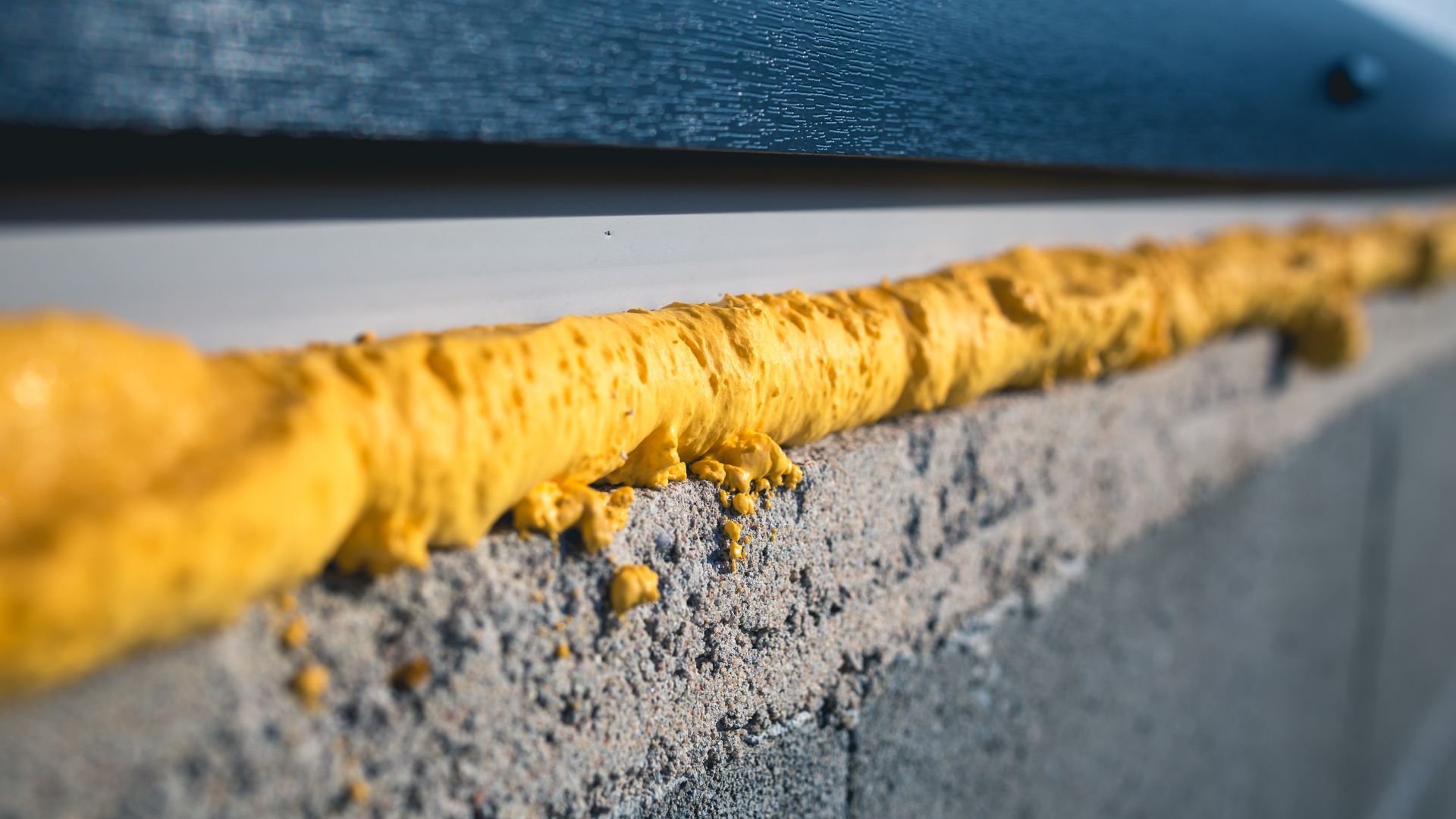
Similar to keeping spiders out of the house and stopping daddy long legs from entering, it's important to restrict access first and foremost. "To start, you need to prevent flying ants from getting in – either by closing your windows and doors, using insect screens, or sealing up any cracks or holes by the windows,' says Adam.
"If you notice a swarm of flying ants, likely, the queens from the swarm will soon be looking for somewhere to set up a colony, so you need to make sure that the colony doesn’t end up in your house. Preventing entry is everything when it comes to flying ants."
"Small, fast, and capable of flying and crawling into your home from outside, flying ants can enter your home through a window or a crack in the wall," advises Jordan Foster, a pest control expert at Fantastic Pest Control. "Fill in any gaps or cracks with caulk."
2. Keep surfaces clean
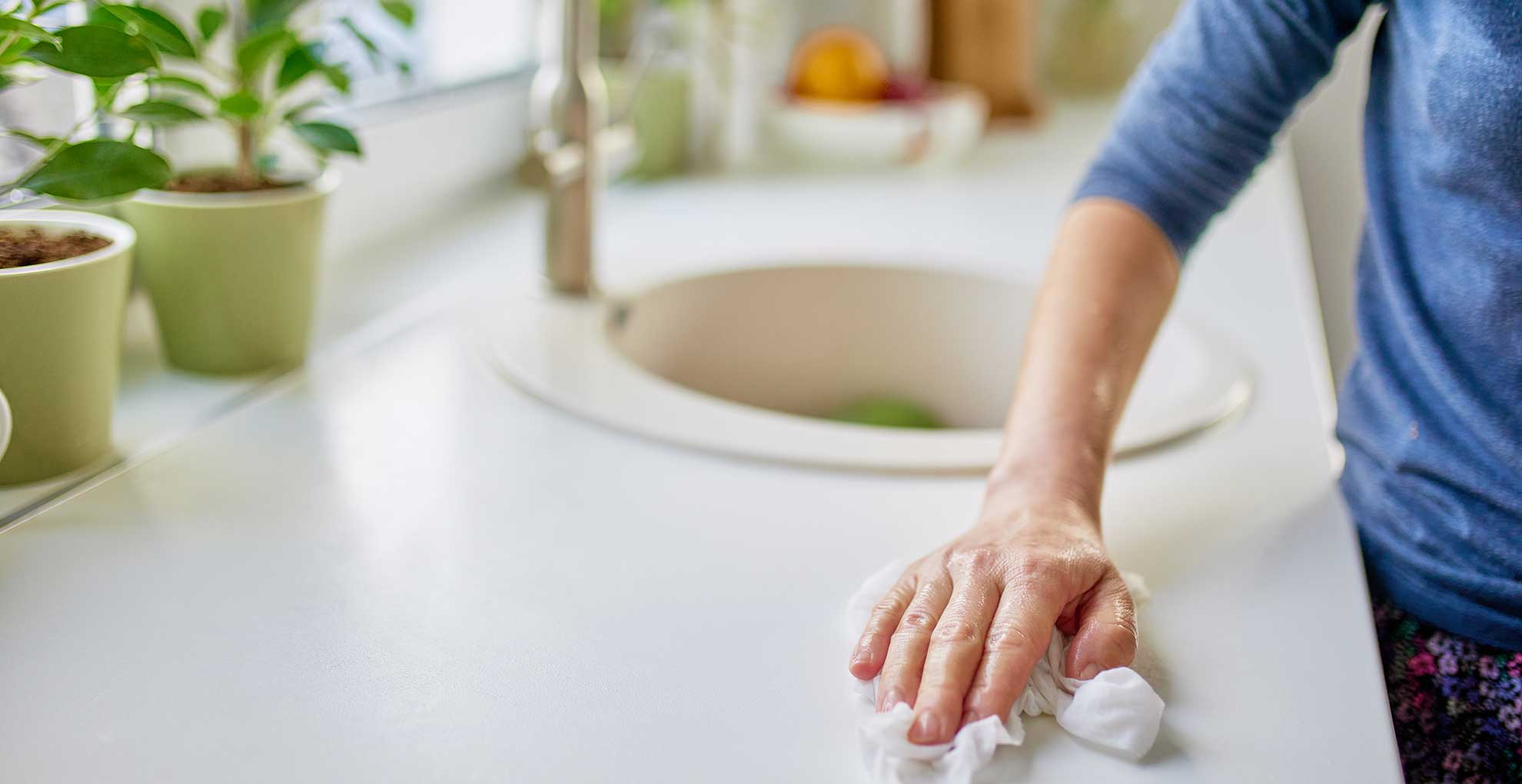
Daily habits to keep your house clean become crucial in the prevention and control of unwanted pests, especially flying ants, because they can swarm with unsettling speed.
"Keep your home as clean as possible to force the ants to leave and look for food elsewhere," says Jordan "For them to survive, food and water are essential. Keep edibles in an airtight container. As soon as you bring home fresh fruits and vegetables, place them in the refrigerator."
"Crumbs, spilt food, and pet food are great sources of food for ant colonies. If ants can munch on something in your home, then they can easily nest under floors and walls in dark spaces. Therefore, you should prevent ants from getting these foods at all costs."
The same can be said for getting rid of tiny black flies.
3. Spritz a homemade remedy
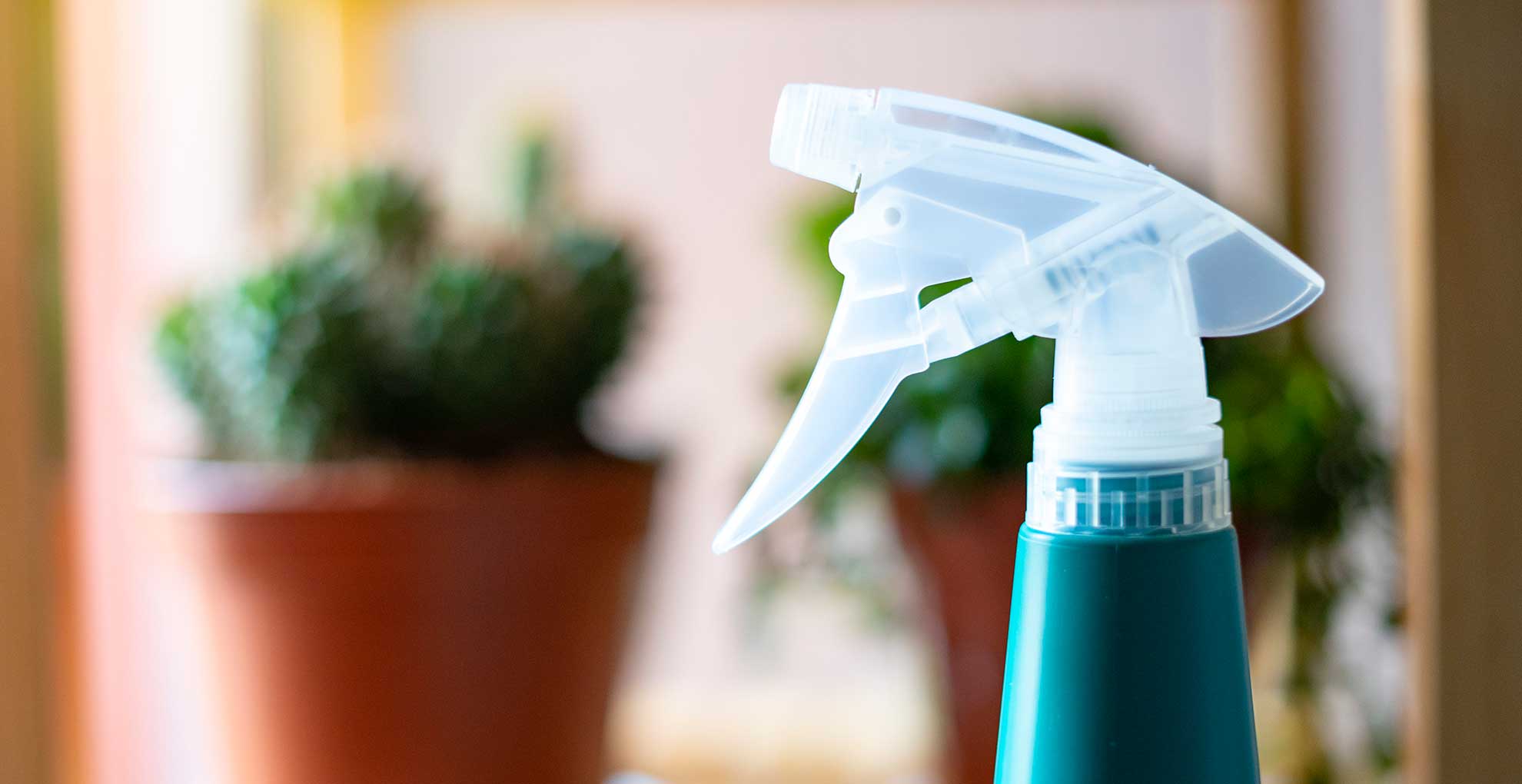
An alternative to commercial pest control products to help you treat an ant infestation without using chemicals is that of essential oils and natural ingredients.
"With most ants, you can deter them with natural repellents such as cinnamon, mint, chilli pepper, black pepper, cayenne pepper, charcoal etc," says Adam. "These hacks only work when sprinkled on surfaces where worker ants are marching. But flying ants don’t need to march (because they fly) so they likely won't be very effective on surfaces."
With that said Jordan suggests how to use them as a repellant for the flying pest – make a spray. "Add one to two drops of peppermint oil to one part dish soap and two parts water in a spray bottle. Where you find ants, spray the area," suggests Jordan.
You could also try cleaning with vinegar as it worked for Jordan. "You can use vinegar and water to clean kitchen cupboards and countertops. A vinegar and water cleaning solution worked great for me," Jordan adds.
4. Make your own fly trap
You can stop the airborne pests in their tracks by making a DIY trap. "You can also use flypaper or sticky tape. Making one yourself is easy, " says Jordan.
"Make strips from a brown paper bag. Over medium heat, mix equal parts honey or syrup, sugar, and water. The sugar must be stirred until it dissolves. Place the strips in the mixture and let them soak until fully saturated. Place the strips on baking sheets over drying racks. Let the strips dry completely until they are no longer damp. A few hours should be enough."
"Place the tape near areas where you've seen ants flying around. Flies and other flying insects, flying ants included, find it hard to get off flypaper once their legs touch the sticky surface." You can then dispose of the strips.
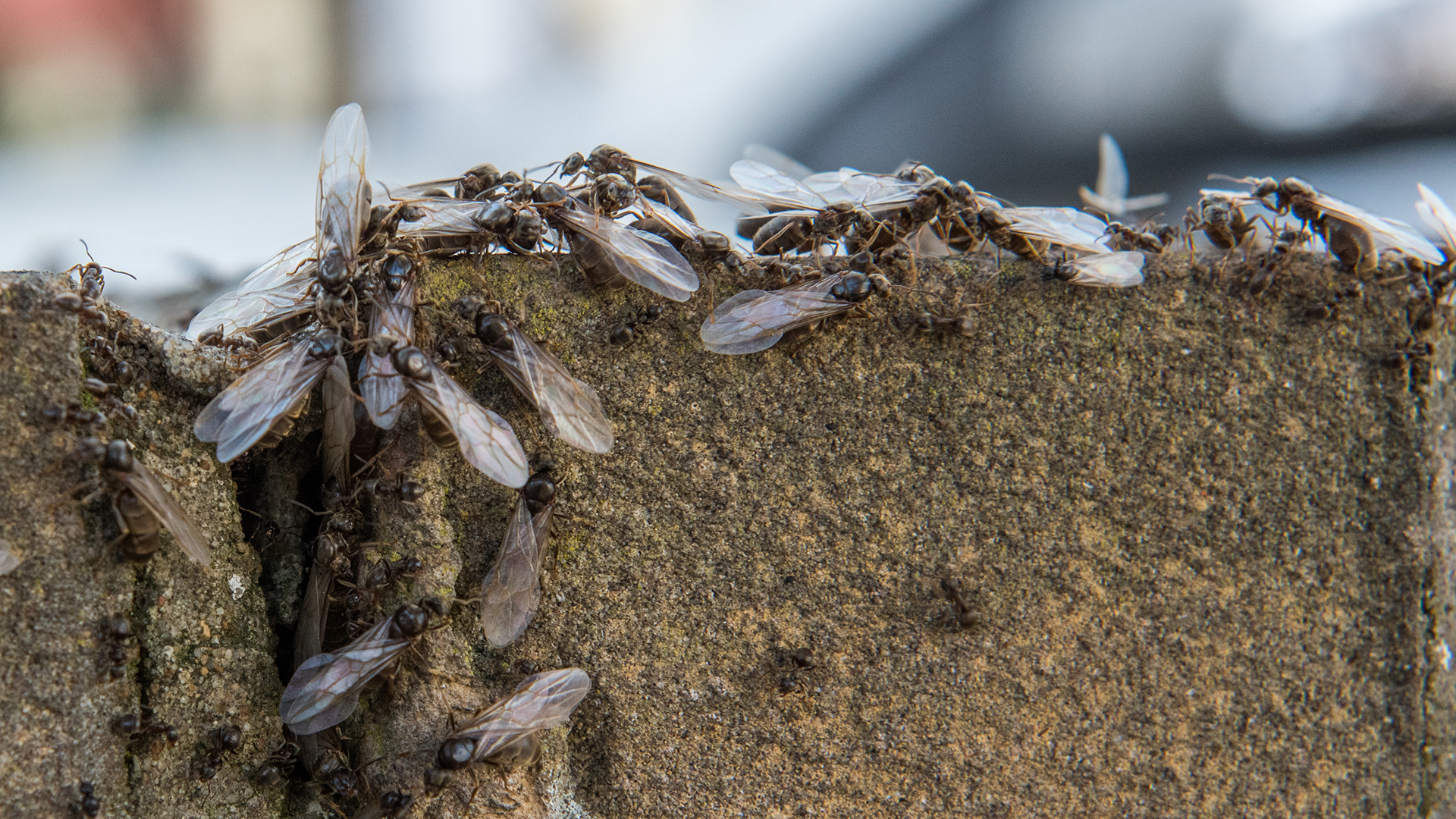
5. Use specialist sprays
If all else fails, there are pesticide sprays. "Flying ants can be kept out with bug spray," says Jordan. "Pesticides can be used indoors and outdoors to terminate crawling and flying ants."
You need to get rid of pheromone trails, advises Dr Jonathan Kirby, Pest Expert at pest control company NOPE!. "When a worker ant successfully finds food, it will lay a pheromone trail back to the nest. To deter ants from following present pheromone trails, a long-lasting, low-toxicity spray like NOPE! CP at Amazon can establish an invisible barrier that kills on contact and keeps ants away."
"However, the hidden colony cannot be eliminated until it is dealt with on a long-term basis," warns Jordan. "Track down the nest first, as only attacking the colony itself will rid your home of flying ants permanently. If necessary, you can also use fumigation or professional fogging services."
We would stress that this should be a last resort, as all pests play an important role within our ecosystem, as the rewilding garden trend explores.
FAQs
Why do flying ants suddenly appear in the house?
So why do these airborne pests suddenly appear out of nowhere? "During the ant mating season, usually in the summer months, they appear in large numbers suddenly," explains Jordan. "It is the main purpose of flying ants to reproduce and establish new colonies."
"Ants tend to build their nests near human habitats where food is easily accessible and typically emerge during the warmer months between May and October, with July being a peak time for their appearance," says Dr Jonathan Kirby.
"Environmental conditions, food availability and earlier reproduction cycles have led to a spike in demand for ant pest control in recent years. As a result, homes across the UK are now acting more quickly to tackle infestations."
"One of the first signs of an indoor infestation is the sudden appearance of swarming flying ants," says Jordan. "There might be an infestation hidden in your wall voids, a nest somewhere else within your home, or even a nest outside on your property."
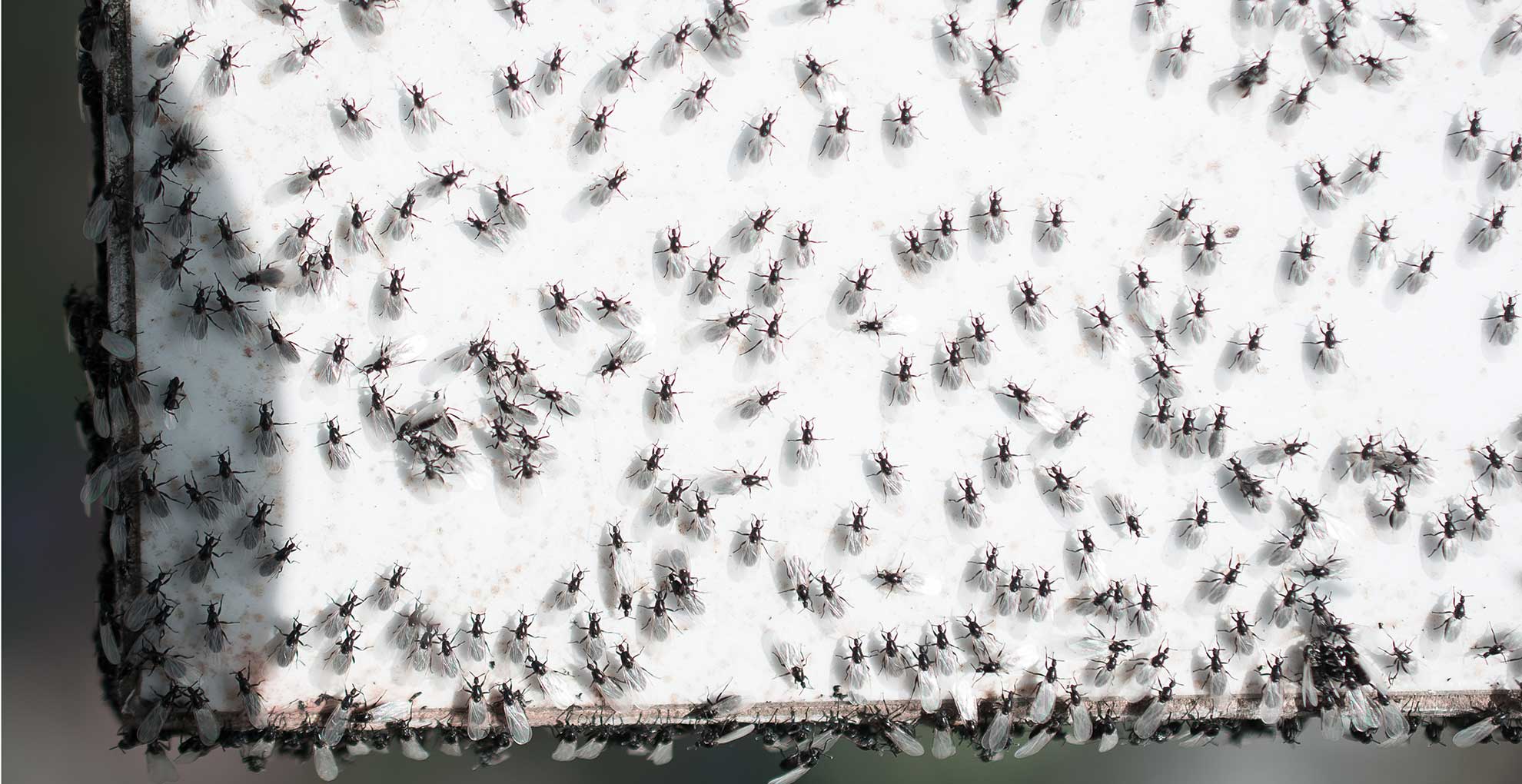
An welcome swarm of flying ants on the inside of a window
What attracts flying ants into your house?
Like all other pests, food and shelter are the main attractions for flying ants to invite themselves into your house. As a result, a good kitchen cleaning routine is paramount to keeping flying ants away by ensuring all food remnants are cleaned away to avoid temptation.
Another attraction for pests to venture indoors is always light. "Light sources often attract them," Jordan explains. "Which may lead them into your house through open windows or doors." Where you can, it's advisable to keep these closed or covered to prevent an easy entry.
What is flying ant day?
“There is no specific day for Flying Ant Day, but it usually happens after a heatwave," says Chris Bonnett, founder of GardeningExpress.co.uk.
“The reason for this is that ants prefer humid weather and they use this time to get on the lookout for a new home. While that’s all well and good, it becomes a real nuisance for those of us who enjoy spending time in our gardens and outdoors."
"People across the country have already been reporting swarms of the pests and unfortunately, the problem could worsen", presumably as temperatures continue to rise.
"When people come across swarms in their area, they call it ‘flying ant day’, which is a bit of a misnomer," says Adam. "There is no single flying ant day. It can happen whenever the weather is warm and calm. Temperatures must be above 13 degrees and wind speeds below 6.3 metres per second for flying ants to appear."
"In the UK, the perfect weather for flying ants is usually around July and August. The majority of the flying ant activity will generally be concentrated on just a small handful of days in these warmer months."
For example, last July, there were three major spikes in flying ant activity, which occurred around heatwave days, but there were lower levels of flying ant activity on other days in the month too. There may also be more flying ant activity to come in August.

Chris is the founder of the online garden centre GardeningExpress and has been in the horticulture industry for over 20 years. Whilst he was young he combined his passion for the outdoors with the internet to deliver quality plants across the UK and Europe.
Once you've got rid of the flying ants, why not search your kitchen for the most common kitchen cupboard pests? Similar to the ants, they tend to appear in vast numbers so it's best to be ready for them and catch the pests before they can take over your dry ingredients.

Tamara is a highly experienced homes and interiors journalist with a career spanning over 22 years. Now the Lifestyle Editor of womanandhome.com, she previously spent 18 years working with the style teams at Country Homes & Interiors and Ideal Home. With these award-winning interior teams, she gained a wealth of knowledge and honed her skills and passion for styling and writing about every aspect of lifestyle and interiors.
A true homes and interiors expert, Tamara has been an ambassador for leading interior brands on multiple occasions, including appearing on Matalan’s The Show and presenting at top interior trend forecasting events such as the Autumn Fair and Spring Fair.
